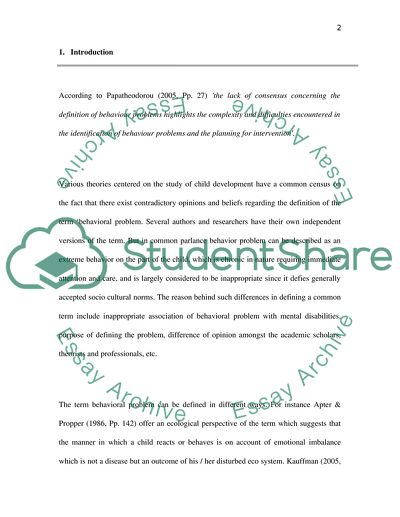Cite this document
(The Educational Model and the Concept of Behavioral Difficulties in Research Paper, n.d.)
The Educational Model and the Concept of Behavioral Difficulties in Research Paper. Retrieved from https://studentshare.org/education/1721168-explaining-behaviour
The Educational Model and the Concept of Behavioral Difficulties in Research Paper. Retrieved from https://studentshare.org/education/1721168-explaining-behaviour
(The Educational Model and the Concept of Behavioral Difficulties in Research Paper)
The Educational Model and the Concept of Behavioral Difficulties in Research Paper. https://studentshare.org/education/1721168-explaining-behaviour.
The Educational Model and the Concept of Behavioral Difficulties in Research Paper. https://studentshare.org/education/1721168-explaining-behaviour.
“The Educational Model and the Concept of Behavioral Difficulties in Research Paper”, n.d. https://studentshare.org/education/1721168-explaining-behaviour.


